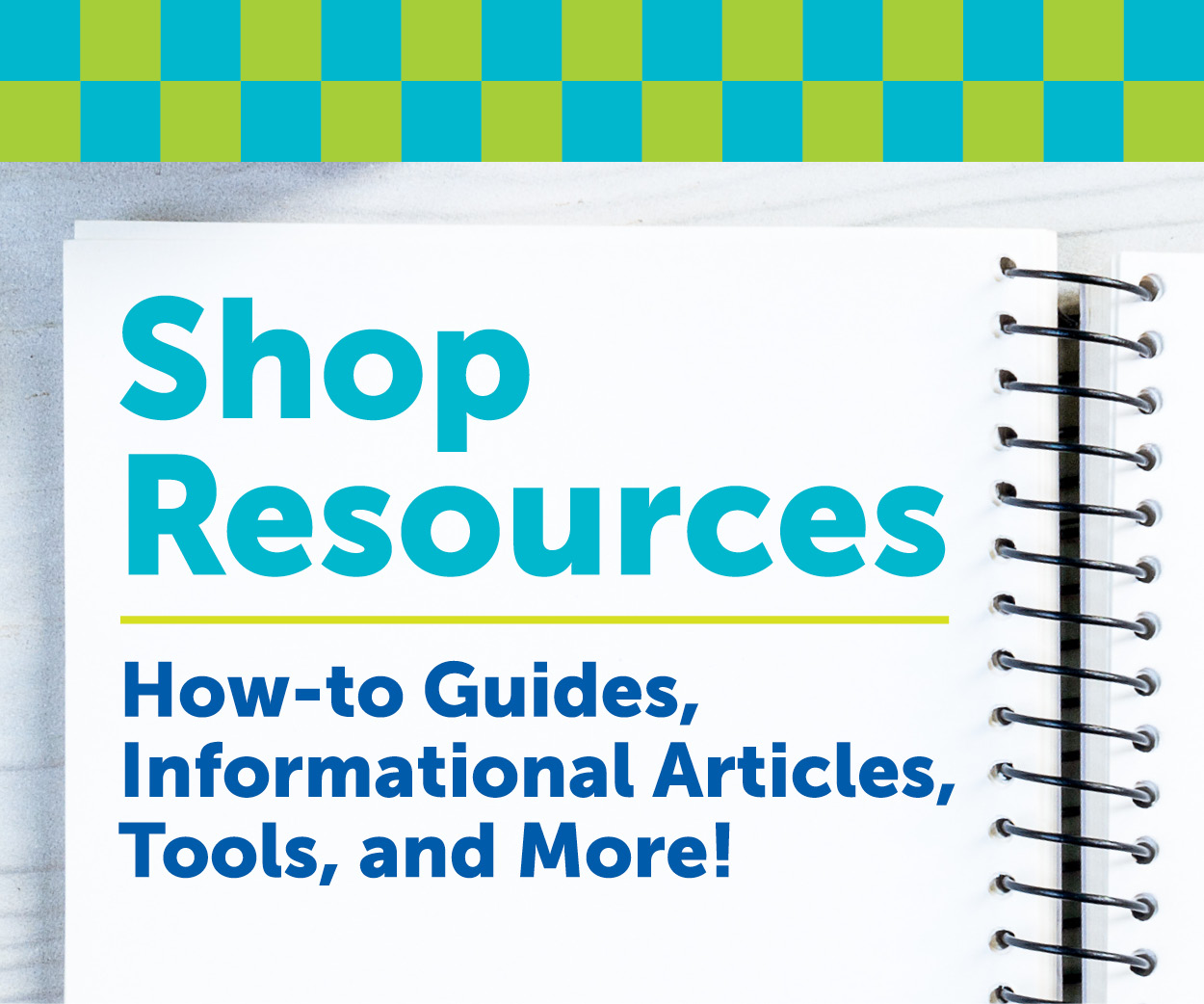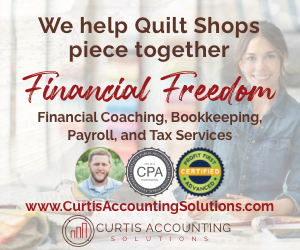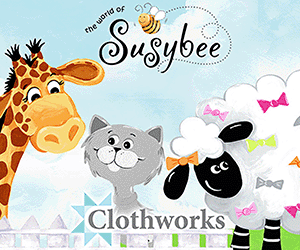
In the final part of our three-part series, Proactive HR, we cover what employee records to keep on file, as well as employee performance reviews.
Proactive reviews
You likely provide regular feedback to your employees. You’re mistaken if you think that feedback is enough. It’s important to schedule a quarterly or annual performance review with your employee, and hear them out. Listen to what they’re happy about and what changes will make them happier. This is also a great time to ensure your employee’s compensation remains competitive.
Employee records
Last but not least, it’s important to keep track of your employees. Below are the files we recommend maintaining:
- I-9 Folder
- All employees’ I-9 forms
- Personnel
- Job application
- Resume
- Background check
- Offer letter
- W-4 and state withholding form
- Employee performance reviews
- Training records
- Confidentiality/noncompete agreement
- Signed handbook acknowledgement
- Drug testing consent/acknowledgement
- HIPPA-Protected Folder
- Health, life & dental benefit forms
- Drug testing results
- Personal or family medical leave information
- Doctor’s notes
- Benefits enrollment forms
- Worker’s compensation information
Inspiration for this post comes from “HR Keys to Business Success” by Melisa Morrison published in the December 2022 issue of Creative Retailer. Morrison has over 30 years of experience in Human Resources and is a former quilt shop owner. Stay tuned next week for the final part of the series.
If you’re looking for more information to guide you in owning a retail business, subscribe to Creative Retailer today. Already a subscriber? No worries—join our Facebook group for insights and dialogue from industry specialists like you. And don’t forget, you can always purchase single issues if you prefer that instead.
If you still can’t get enough, register for the Creative Retailer LIVE Spring 2023 event May 2-4 in Pawhuska, Oklahoma for opportunities to learn from peers as well as network with industry professionals.







